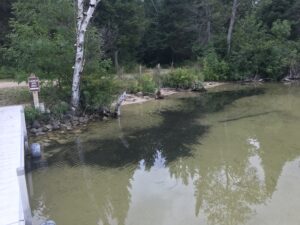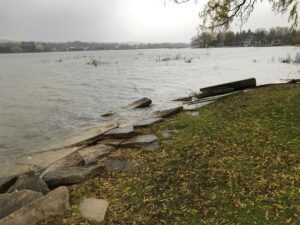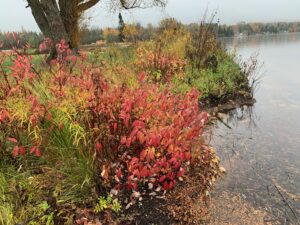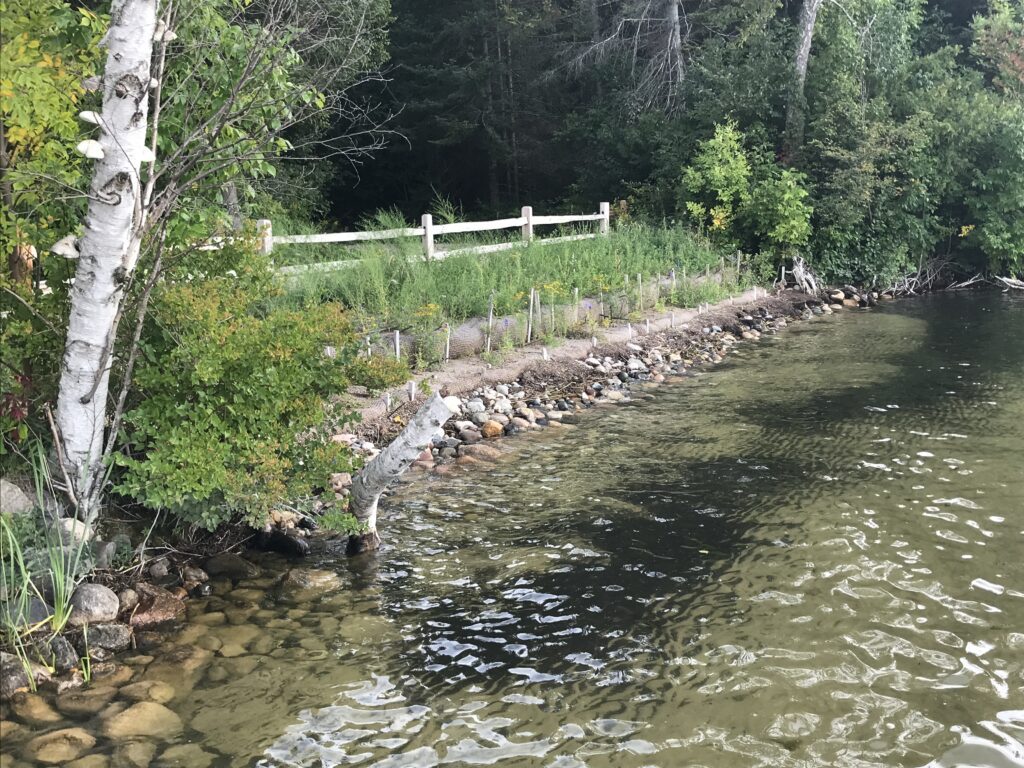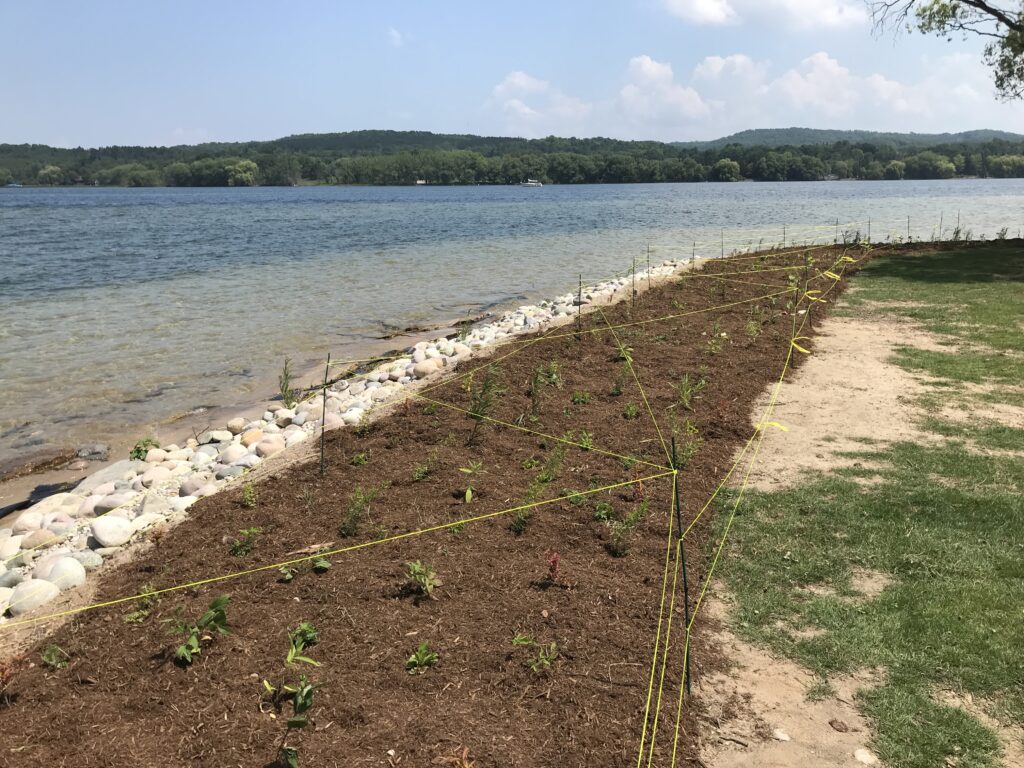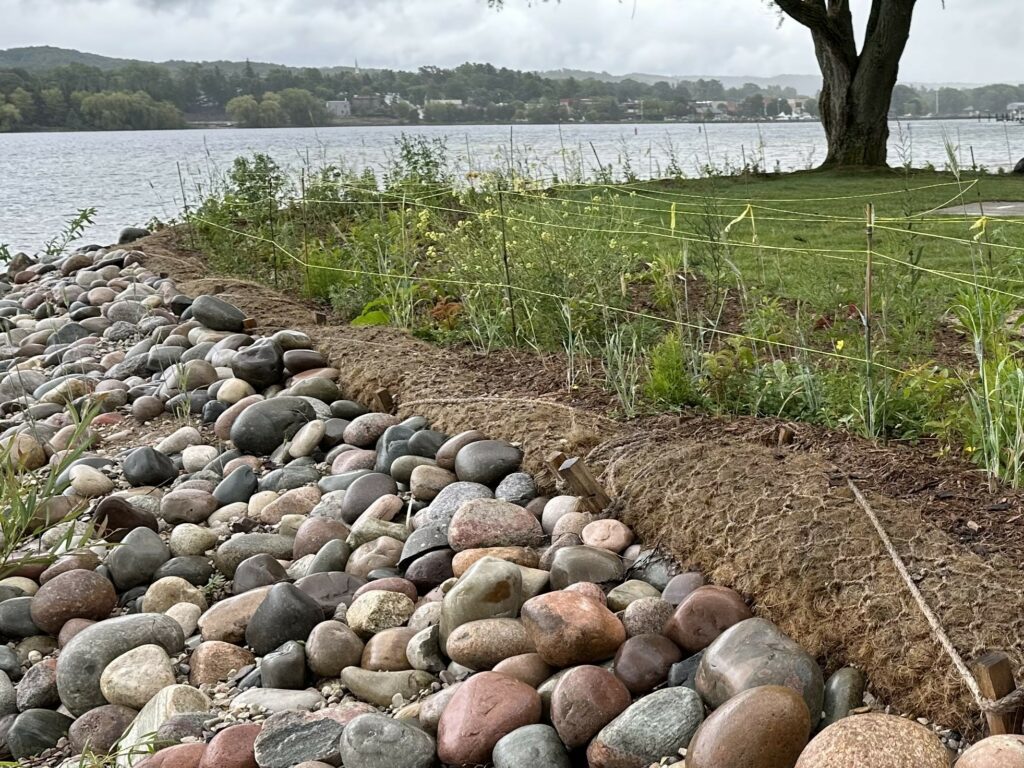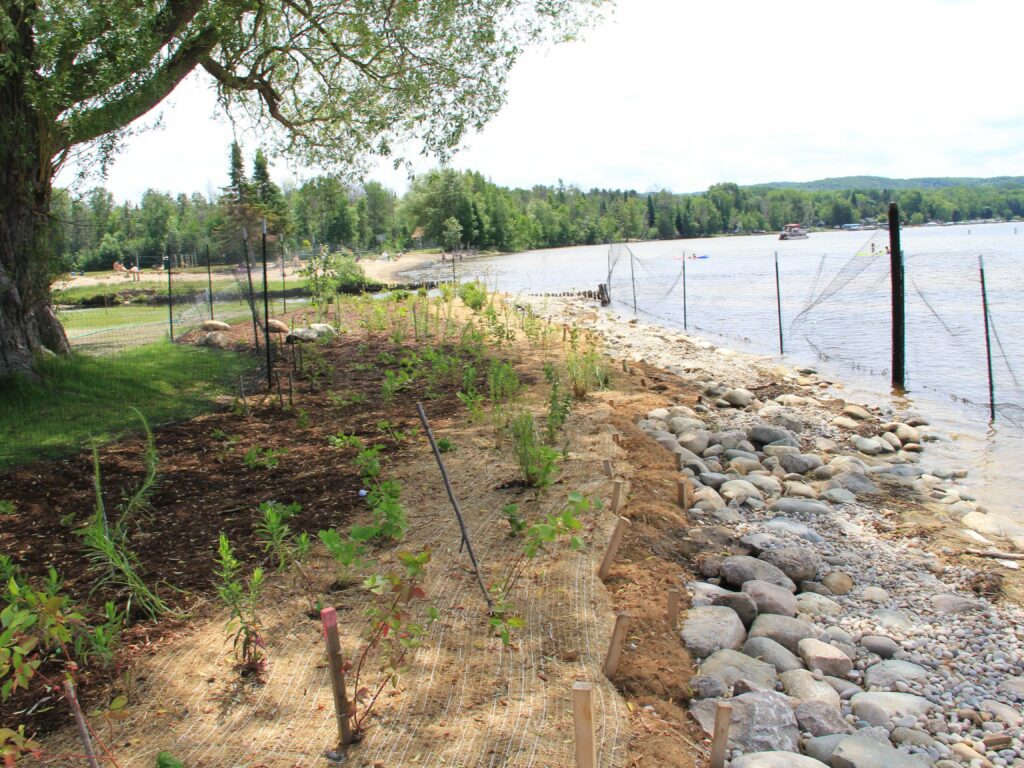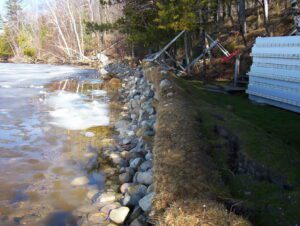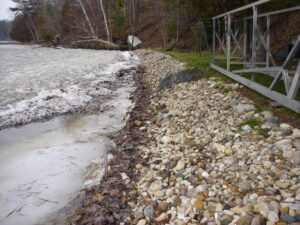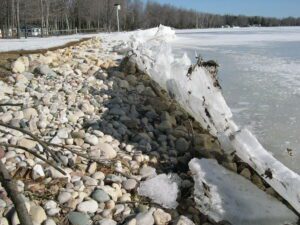One of the most important ways you can protect your lake or stream is to control erosion and sedimentation of your shoreline or streambank. Erosion and sedimentation can have a serious impact on water quality, wildlife habitat, and property values.
The beauty and bounty of water resources in Northern Michigan add immeasurably to our quality of life—not only for the people who enjoy them, but also for the wildlife dependent upon them. Those of us fortunate enough to live and work along lake shorelines must preserve them for future generations by reducing erosion, enhancing wildlife habitat, and protecting water quality.
Most people feel that the appearance of our property and its landscape is a reflections of our personal character. A yard that is mowed, pruned, trimmed, weeded, mulched, watered, fertilized and weed whipped indicates that we are hardworking, thoughtful, good citizens who care about our community. All too often we apply these precepts to our lakeshore properties, but fail to consider that a neat and tidy lakeshore may not be in the best interest of the health of the lake ecosystem.
To be a good steward of our lakeshore property, we need to provide a degree of balance between our cultural need for order and a lake ecosystem’s need for a naturally wooded shoreline, emerging vegetation in the shallow waters, and woody debris and mucky bottom sediments along the lake’s shallow areas.
One of the ways this balance can be achieved is through shoreline greenbelts[LD1] . A greenbelt is a strip of diverse vegetation including trees, shrubs, grasses, and wildflowers that grow naturally or are planted along the shoreline.
This natural buffer of native vegetation between the water’s edge and your lawn has a number of benefits. Greenbelts help reduce erosion by stabilizing the soil and slowing runoff, filtering nutrients, sediments, and other pollution. They also reduce the time and costs involved with maintaining a lawn, provide valuable wildlife habitat, attract birds, butterflies, and other pollinators, and provide a beautiful “frame” for your view of the lake all while buffering sound and increasing privacy. Greenbelts also deter geese who prefer well-manicured lawns with unrestricted access to the water.
The most important benefits of greenbelts are erosion control and pollution filtering. By keeping sediments and excess nutrients from washing into the water, greenbelts keep the water clear and cool. When too many nutrients like nitrogen and phosphorus get in to the water it can cause algae to bloom, blocking out light and killing the native plants, creating an environment without oxygen in which fish cannot survive.
Some of the indicators that you should install a shoreline greenbelt are signs of erosion or ice damage at the water’s edge or shoreline loss, a steep bank that is beginning to slump, a damaged or crumbling seawall, algae blooms or excessive algae waste on the beach, or the encroachment of invasive species.
One quick and easy way to get a shoreline greenbelt started is to create a “no-mow” zone. Native grasses and wildflowers are some of the first plants to appear. You can also enhance your greenbelt with a variety of native shrubs, trees, grasses, plants, and flowering perennials from a local nursery.
Each plant has specific needs as to soil type, sun exposure, and soil moisture. The reference materials you will find on our website will help you develop a planting plan of species best suited to your particular situation and site conditions. Tip of the Mitt Watershed Council’s watershed protection team can also do a site visit at your home or cottage to help you determine what is the best possible solutions for your site condition.
A shoreline greenbelt that will provide the most water quality benefits should cover 75% of the shoreline frontage and extend landward a minimum of 20 feet. For example, if your shoreline is 100 feet long, then 75 feet of it should be included a greenbelt to be effective.
By creating a shoreline greenbelt and encouraging your neighbors to do the same, you can help keep your lake beautiful for generations to come.
Greenbelt and Habitat Enhancement
Regardless of whether or not your shoreline or streambank is experiencing erosion, the Watershed Council can help you restore the riparian buffer by providing greenbelt design and habitat enhancement services. Designs incorporate aesthetics and wildlife habitat, all while accommodating your shoreline or streambank needs. Native plants are emphasized due to their effectiveness at stabilizing shorelines and streambanks, their habitat value, suitability to local conditions, and their natural “fit” in the landscape.
For more information about these services, please contact us at (231) 347-1181.
Before Bioegineering
(Click on photos to enlarge)
After Bioengineering
Ice Pushing Shoreline Back
Pushing Ice Up
Shoreline Habitat & Restoration
News, Updates, and Information on Shorelines & Streambanks
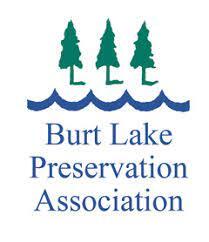
BLPA Update on the Burt Lake Watershed Implementation Grant
Our Restoration Manager, Noah Jansen, writes about the updates of the Burt Lake Watershed Implementation Grant. This includes
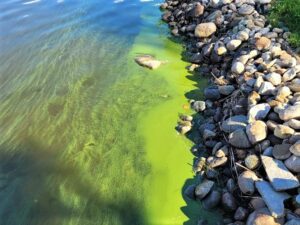
Harmful Algal Blooms (HABs)
‘Algae’ is an umbrella term for a large group of aquatic organisms with the ability to photosynthesize. The
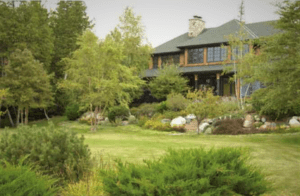
Greenbelts
The beauty and bounty of water resources in Northern Michigan add immeasurably to our quality of life—not only for
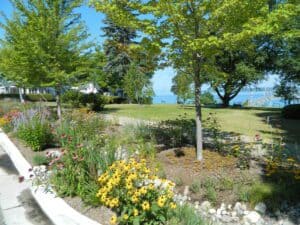
Northern Michigan Native Plants
When selecting plants for your yard and garden, why not go native?Consider using plants that naturally grow in
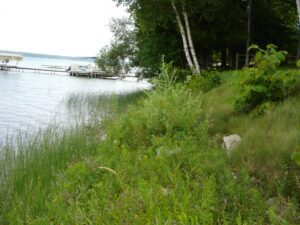
Fertilizing Tips for Shoreline Properties
What does fertilizer have to do with our lakes and streams?Nutrients are elements or compounds essential for life.
Restoration projects
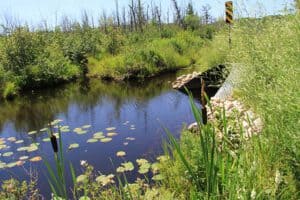
Holms Road Stream Restoration
The Bear River, the largest tributary to Little Traverse Bay, originates at Walloon Lake and flows 12 miles
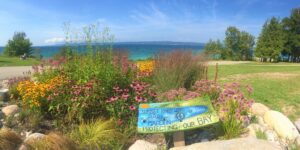
Bay View Rain Garden Initiative
The Bay View Association (BVA) of The United Methodist Church is a National Historic Landmark community founded in
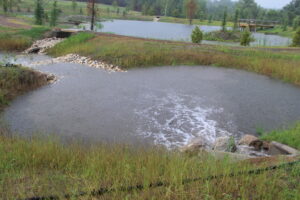
North Central Michigan College Stormwater Wetland Restoration
Campus stormwater was not being filtered properly causing excess nutrients and sediment from campus stormwater.
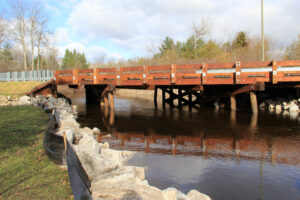
Click Road Stream Crossing
As part of a grant from the Great Lakes Restoration Initiative (GLRI), Tip of the Mitt Watershed Council

